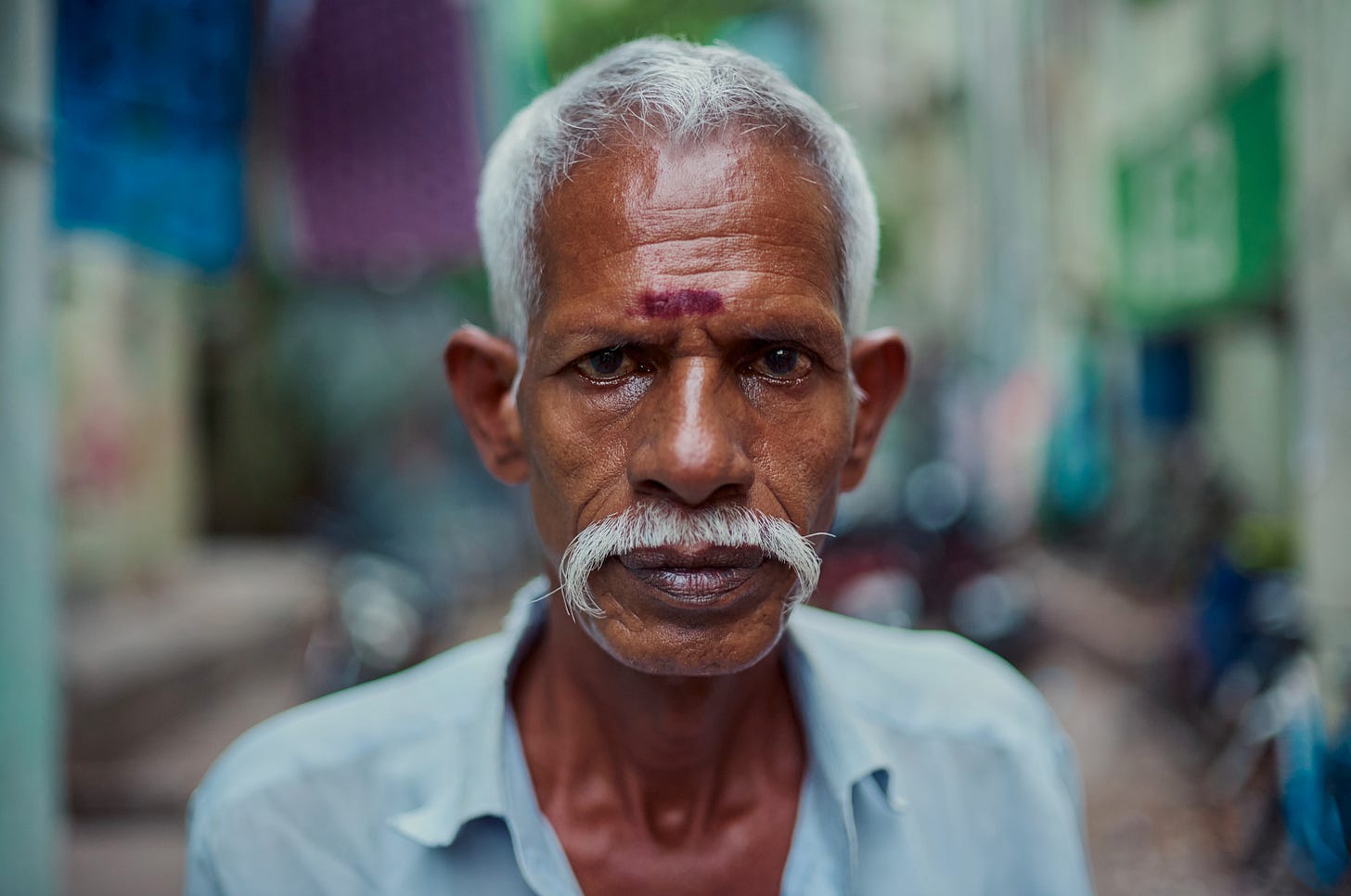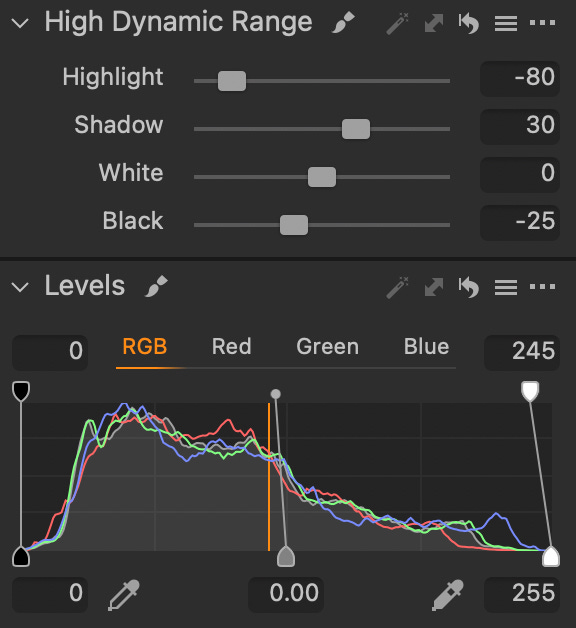This Is How I Build My Styles and Presets
And why you need to start building your own
In 2022, hardly a year after I made my collection of Capture One styles available for sale, I started working on a new collection of looks for where my photography was taking me. Digital photography was advancing rapidly with respect to dynamic range and resolution, and editing software itself was growing in its capabilities. I had to make sure that my editing process evolved as well.
After two years of work and plenty of mistakes, I’ve curated a new list of styles for my photography. And no, this week’s story isn’t a shameless plug for those styles (namely because they aren’t even available for sale). No, this week I’m going to share with the subscribers of Church & Street my process around building styles that I can rely on.
Understanding The Value
When I refer to styles, I’m talking about the recipes you can apply to your image with one click and have a series of edits applied instantly. They can be known as presets or looks, but for the sake of this post I’ll refer to them as styles.
For me, the value of styles comes down to time, ubiquity, and growth. Building a collection of styles is (and should be) an involved process that requires a lot energy up front. The return on this early investment is that in the long-run, you’ll save time by advancing the starting point of your editing process. Applying a style doesn’t usually mean your work is done because you’ll still want to dial in some settings for the image in front of you. But a reliable style can just fast-track you to the finish line.
Next is ubiquity. When you have a collection of styles that you’ve built for your photography, you develop this visual through-line for your work. Your library of images start to feel more connected and seem to occupy the same shared world. You get to this place where you’re defining your look.
Lastly, the value of building a collection of styles lies in your growth. When you take the time to build these shortcuts—and continue to iterate on them over the years—you sharpen your understanding of the editing process. By treating this as a priority in your journey, you’ll deepen your knowledge of a critical component of photography which is post-production. Taking a great photograph is fantastic but you need to finish the job. You need to get that image over the goal line. Well, a photographer with a rich understanding of post-production can do that faster and more often.
Building Your Looks
Now that you know why styles are valuable, let’s jump into how I approach building them. Once I have an image that I know I want to edit, I’ll look to use the dynamic range tools (shadows, highlights, whites, blacks, exposure) to correct the overall exposure of the image. This is not a creative edit, it’s just about correcting any under- or overexposure in the original file.
With a neutral looking image in front of me, it’s time to use all the exposure, level, and dynamic range tools to creatively adjust the overall exposure of the image. I’ll first ‘flatten’ the image by raising the shadows and lowering the highlights. This allows me to see more of the colour in the image and get a better understanding of where I want to take the edit. Let me also say, it’s important to create a style that serves the photo, and not the other way around.




